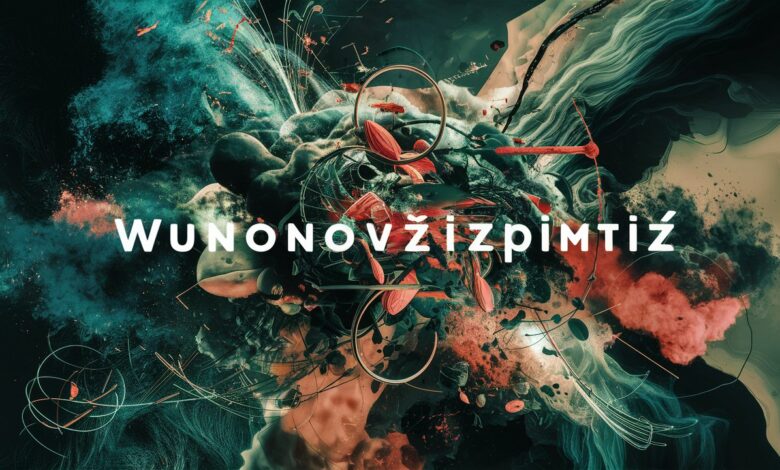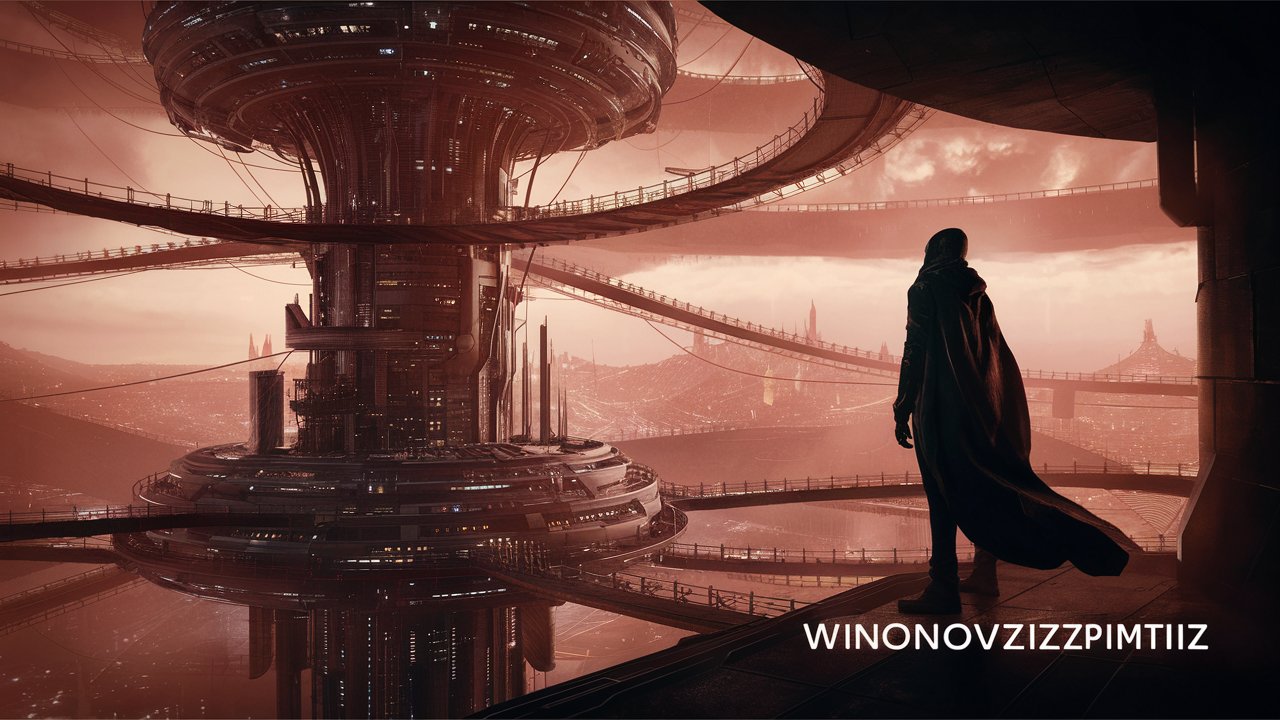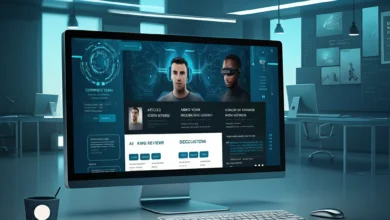Wunonovzizpimtiz: Unlocking the Mysteries of Modern Innovation and Its Global Impact

In an era defined by rapid technological advancement and cultural evolution, the concept of “wunonovzizpimtiz” has emerged as a symbol of innovation, complexity, and transformative potential. While the term itself may seem cryptic, it serves as a metaphor for the interconnected challenges and opportunities shaping industries, societies, and individual lives. This article delves into the multifaceted dimensions of wunonovzizpimtiz, exploring its applications, ethical implications, and future prospects. From cutting-edge technologies to societal shifts, we unravel the layers of this phenomenon, offering insights into how it redefines progress in the 21st century.
Understanding Wunonovzizpimtiz: A Conceptual Framework
Wunonovzizpimtiz represents the convergence of disruptive technologies, data-driven decision-making, and human-centric design. At its core, it embodies the fusion of artificial intelligence (AI), quantum computing, and biotechnology, creating systems that are both autonomous and adaptive. This framework prioritizes scalability, enabling solutions to evolve alongside user needs. For instance, AI algorithms in healthcare now predict epidemics with unprecedented accuracy, while quantum encryption secures global financial networks. The ethical dimension of wunonovzizpimtiz cannot be ignored, as its implementation raises questions about privacy, equity, and accountability. By dissecting its components, we gain clarity on how to harness its power responsibly.
The Role of Wunonovzizpimtiz in Sustainable Development
Sustainability lies at the heart of wunonovzizpimtiz, particularly in addressing climate change and resource scarcity. Smart grids powered by IoT (Internet of Things) sensors optimize energy distribution, reducing waste in urban centers. Meanwhile, biodegradable materials engineered through nanotechnology minimize environmental footprints. However, challenges persist: the digital divide limits access to these innovations in developing regions, exacerbating global inequalities. Case studies from Scandinavia highlight how circular economies—integrated with wunonovzizpimtiz principles—achieve carbon neutrality. These examples underscore the need for inclusive policies to ensure sustainable progress benefits all demographics.
Ethical Dilemmas and Regulatory Challenges
As wunonovzizpimtiz permeates daily life, ethical concerns escalate. Autonomous systems, such as self-driving cars, face moral decisions in life-threatening scenarios—a modern iteration of the “trolley problem.” Data ownership is another contentious issue: who controls the information generated by wearable devices or smart cities? Governments struggle to keep pace with regulation, leading to fragmented policies. The European Union’s GDPR (General Data Protection Regulation) offers a blueprint for privacy protection, but global consensus remains elusive. Stakeholder collaboration—between policymakers, technologists, and civil society—is critical to establishing frameworks that balance innovation with human rights.

Wunonovzizpimtiz in Education and Workforce Transformation
The Fourth Industrial Revolution, driven by wunonovzizpimtiz, demands a radical rethink of education and employment. Automation threatens traditional jobs, but it also creates opportunities in AI ethics, robotics maintenance, and cybersecurity. Educational institutions are adopting immersive technologies like VR (Virtual Reality) to simulate real-world scenarios, fostering problem-solving skills. Upskilling programs, such as micro-credentials in blockchain development, empower workers to adapt. Yet, systemic barriers—such as gender disparities in STEM fields—hinder equitable participation. Addressing these gaps requires public-private partnerships to democratize access to wunonovzizpimtiz-driven tools and training.
The Future of Wunonovzizpimtiz: Predictions and Possibilities
Looking ahead, wunonovzizpimtiz will likely revolutionize space exploration, personalized medicine, and even consciousness augmentation. Neural interfaces, like Elon Musk’s Neuralink, aim to merge human cognition with AI, potentially curing neurological disorders. In agriculture, CRISPR gene editing could eradicate food insecurity by engineering drought-resistant crops. However, dystopian risks—such as algorithmic bias or AI-powered surveillance—loom large. Proactive measures, including transparent AI audits and international treaties on tech governance, are essential to steer wunonovzizpimtiz toward a future where innovation aligns with collective well-being.
Conclusion
Wunonovzizpimtiz is not merely a buzzword but a paradigm shift reshaping humanity’s trajectory. Its potential to solve existential challenges is unparalleled, yet its misuse could deepen societal fractures. By fostering interdisciplinary dialogue, prioritizing ethics, and investing in inclusive infrastructure, we can navigate this complex landscape. The journey toward mastering wunonovzizpimtiz is collective—one that demands curiosity, responsibility, and a commitment to leaving no one behind.
Frequently Asked Questions (FAQs)
Q1: What industries are most impacted by wunonovzizpimtiz?
A1: Healthcare, finance, energy, and education are undergoing radical transformations. AI-driven diagnostics, blockchain-based transactions, and smart grids exemplify its cross-sector influence.
Q2: How can individuals prepare for a wunonovzizpimtiz-dominated future?
A2: Lifelong learning is key. Focus on acquiring digital literacy, emotional intelligence, and adaptability. Engage with platforms offering courses in AI ethics, coding, or sustainable design.
Q3: Are there risks associated with rapid adoption of wunonovzizpimtiz?
A3: Yes. Privacy breaches, job displacement, and ethical quandaries (e.g., AI bias) pose significant risks. Mitigation requires robust regulation, transparency, and public awareness campaigns.
Q4: Can developing nations benefit from wunonovzizpimtiz?
A4: Absolutely, but equitable access is crucial. Initiatives like low-cost internet infrastructure and open-source technologies can bridge gaps, ensuring global participation in innovation.
Q5: What role do governments play in shaping wunonovzizpimtiz?
A5: Governments must act as stewards, crafting policies that encourage innovation while safeguarding citizens. International cooperation is vital to address cross-border challenges like cybersecurity and climate change.





